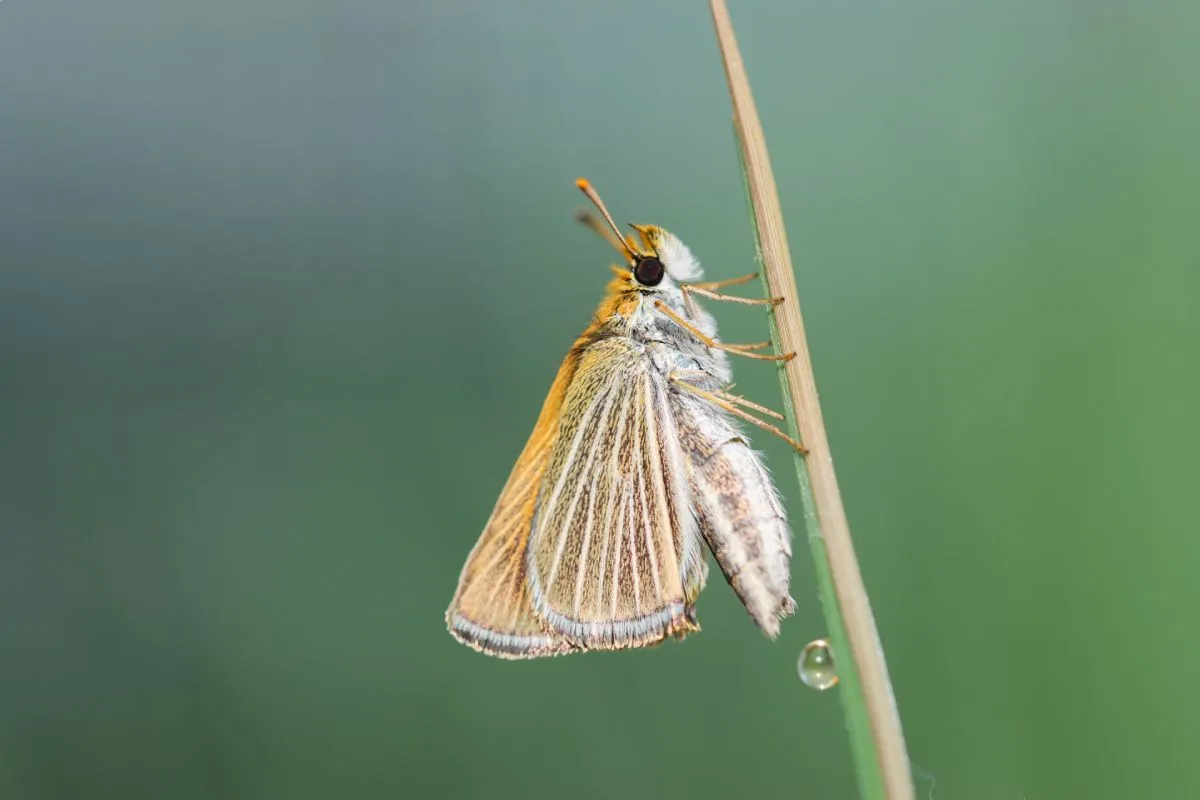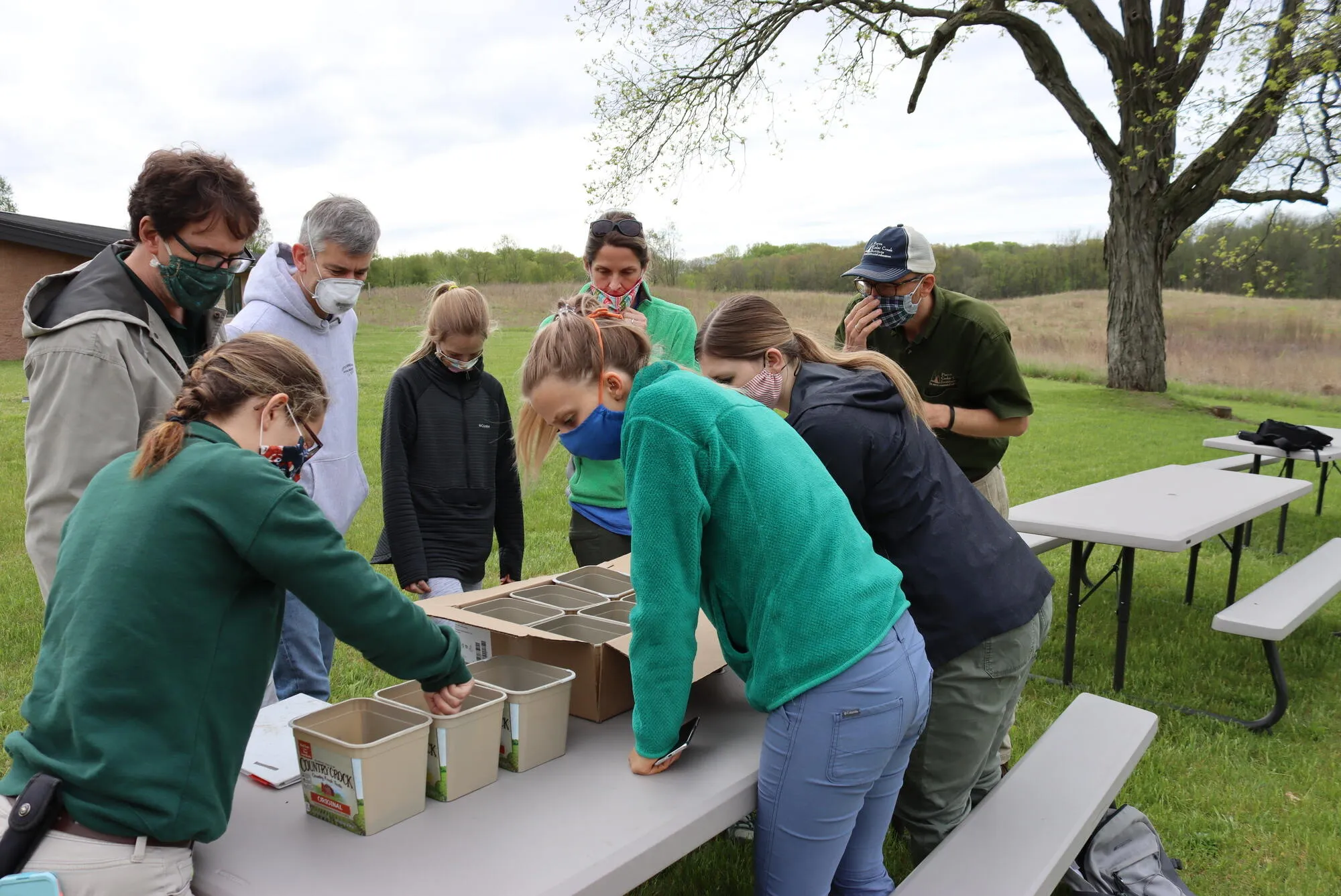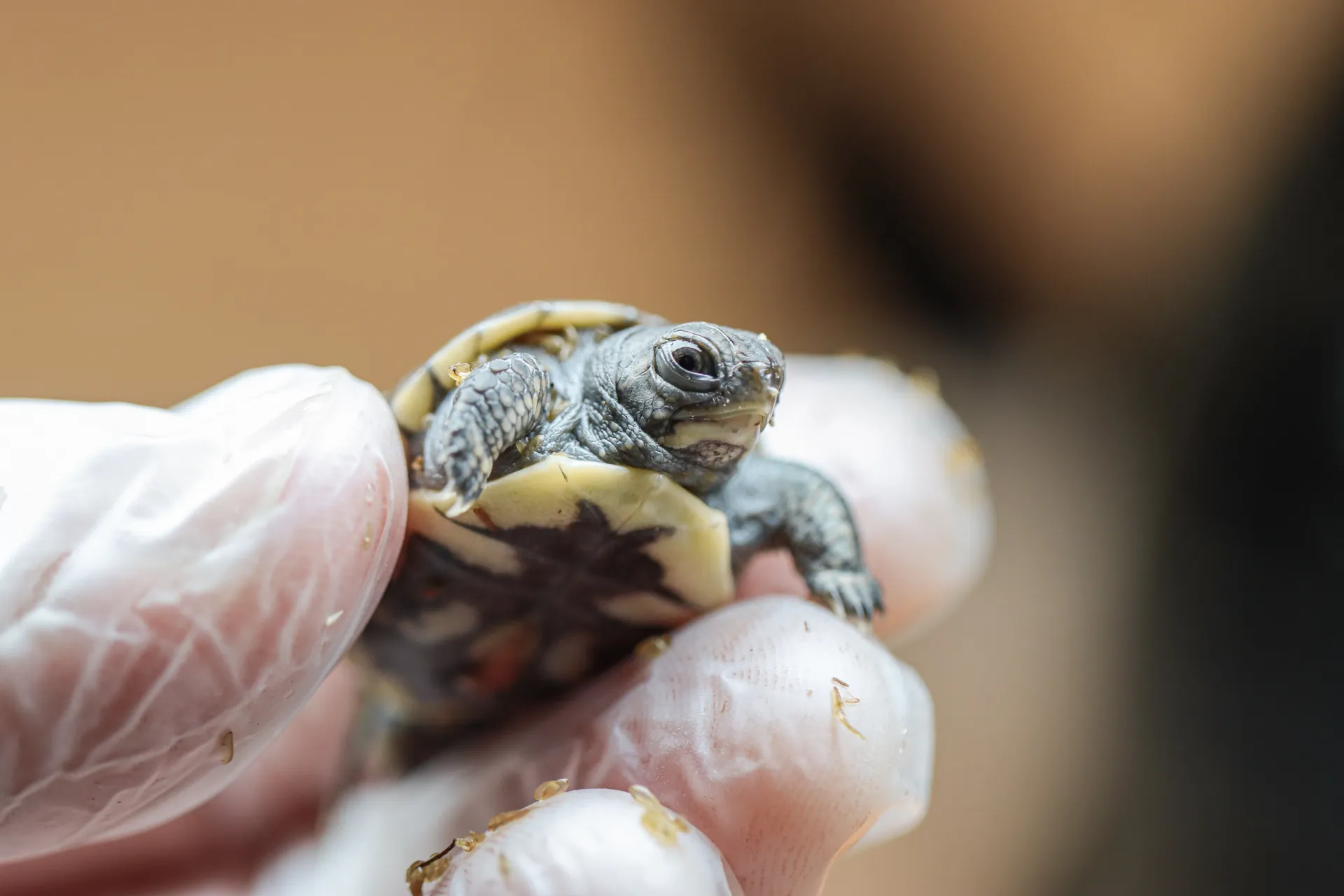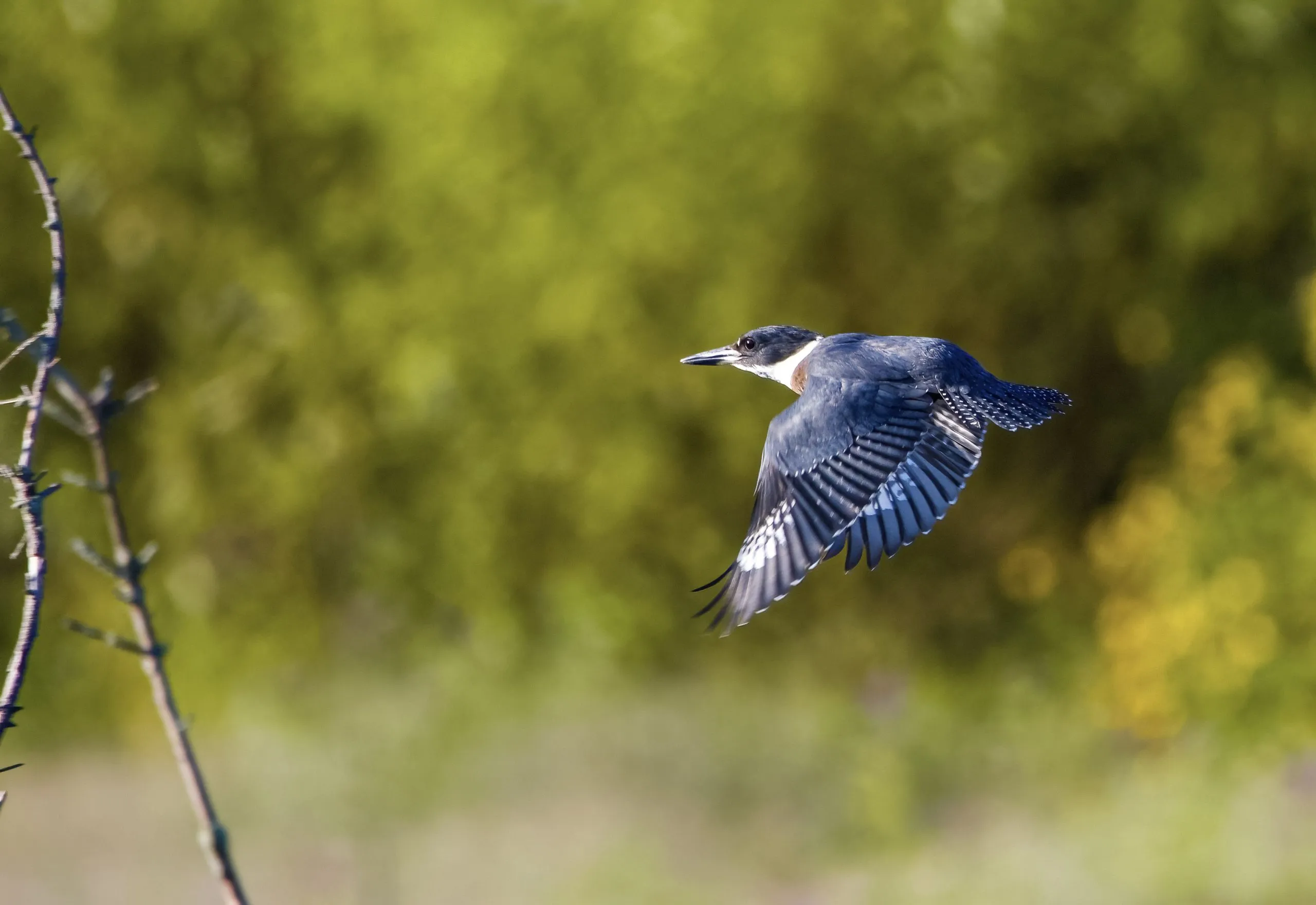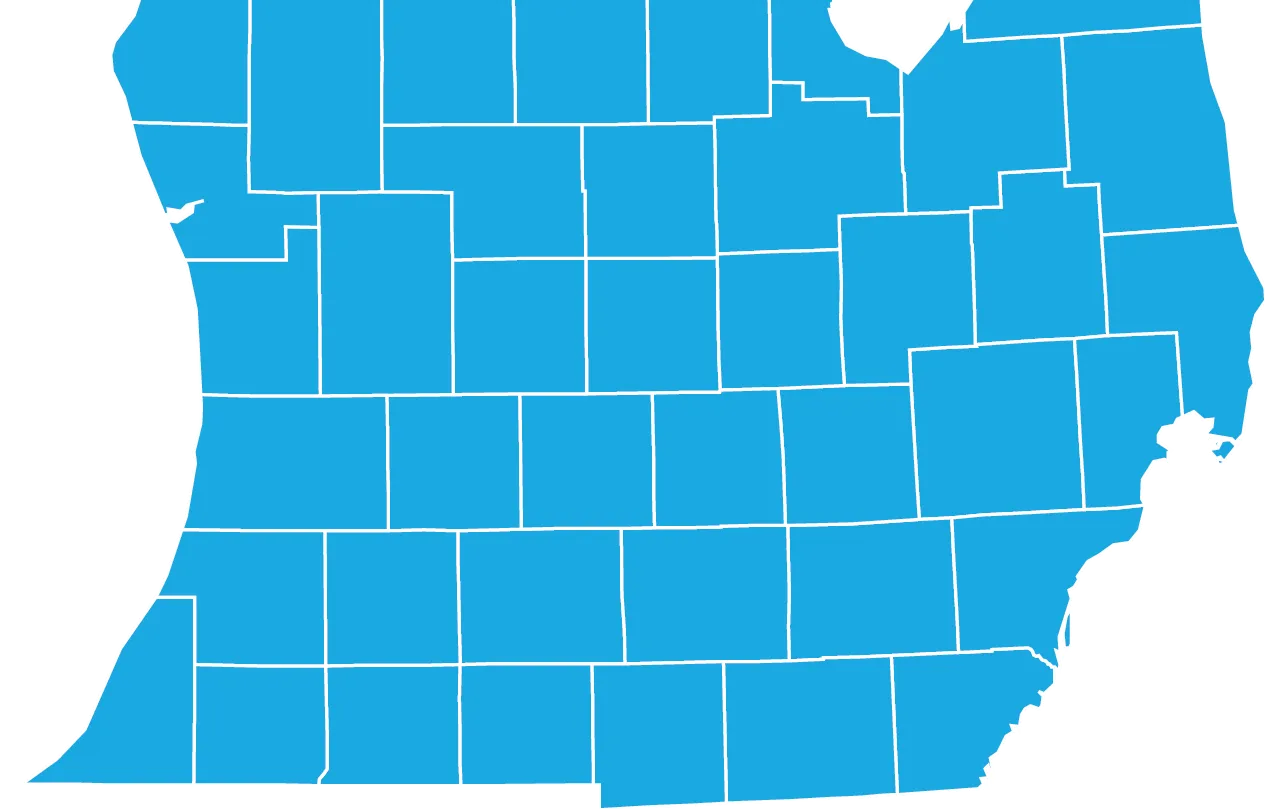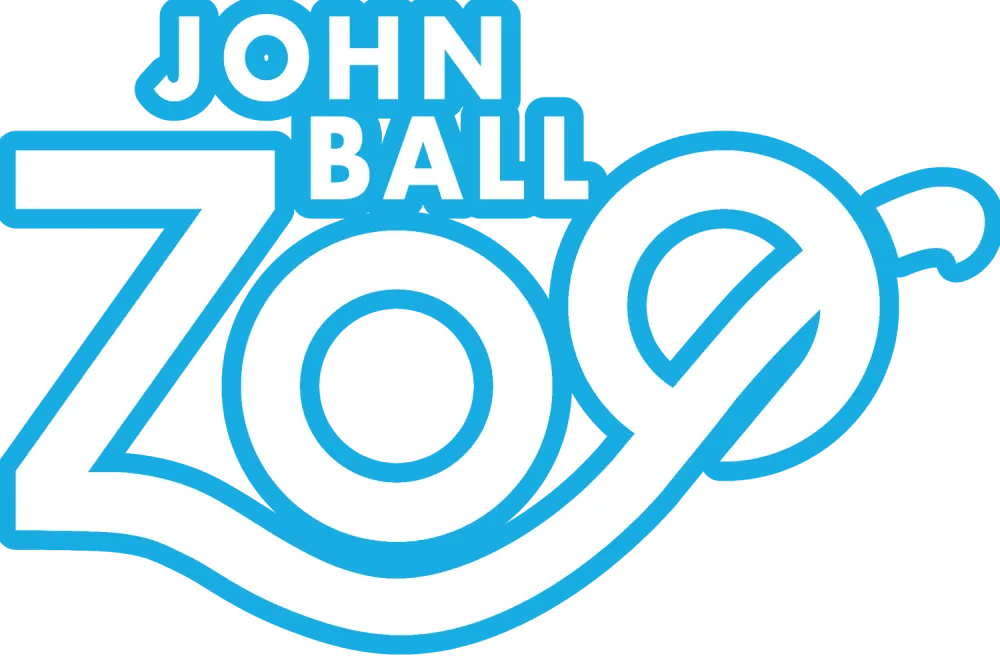ABOUT US
JOHN BALL ZOO HISTORY
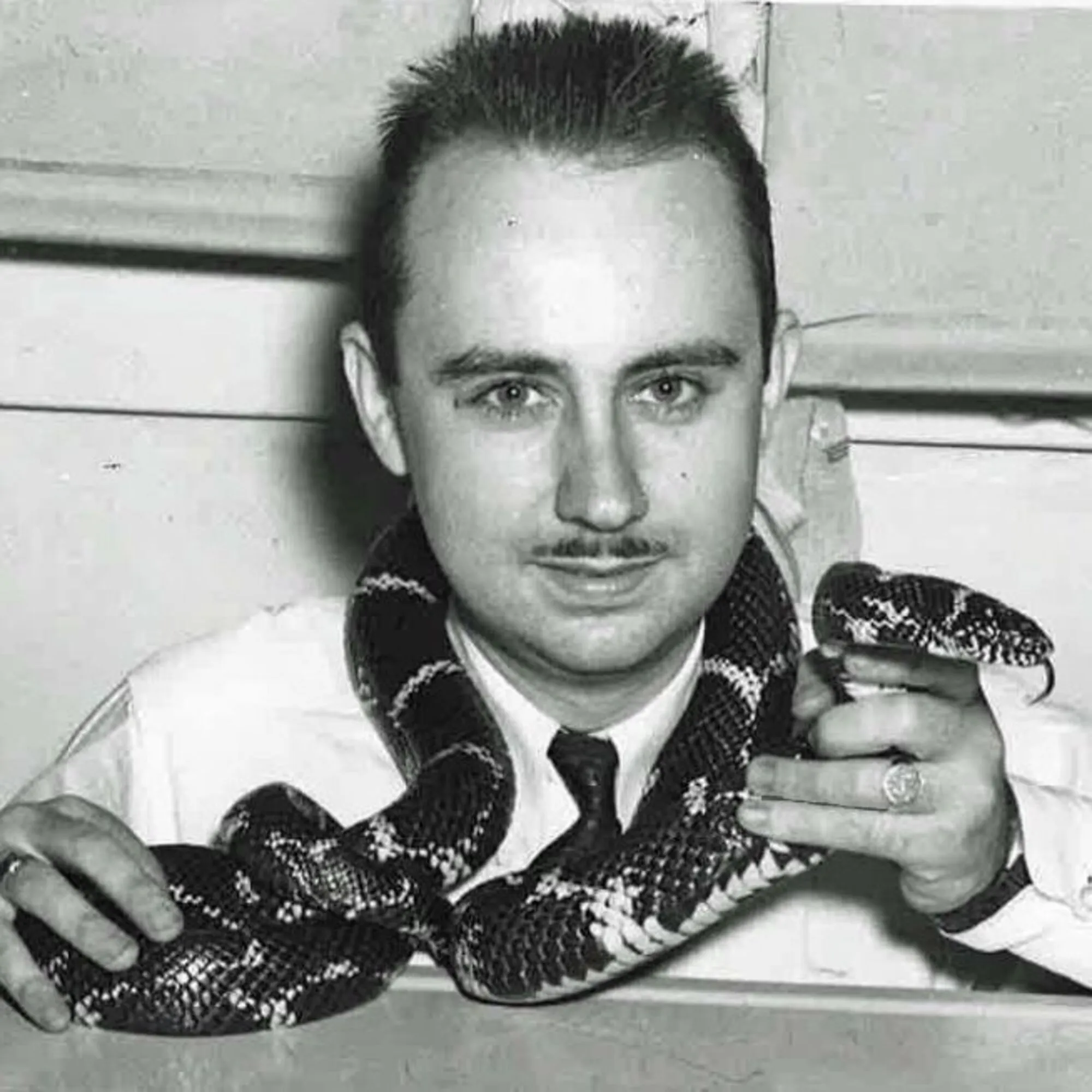
HISTORY
125 Years of Inspiring Our Community To Be Actively Engaged In The Conservation Of Wildlife And Our Natural Environment
125 YEARS: 1891-2016 … and beyond!
In many ways, our history reflects that of most American zoos created in the Victorian era. Before then, only the very rich had access to collections of exotic animals. Cities began to build their own zoos in the late 19th century. For the first time, everyone could share in the mysterious and fascinating world of animals.
Zoos have evolved through the years as we learned more about exotic animal husbandry and exhibit design. Education became a major focus, naturalistic design became a force, and conservation became the mission.
Our story reflects that evolution. Our history is rich with great animals, amazing events, fantastic stories, and dedicated people. Take a few moments to learn more about the history and future of your Zoo.
Many thanks to Andrea Perry and Joan Ryskamp for their assistance on the historical timeline.

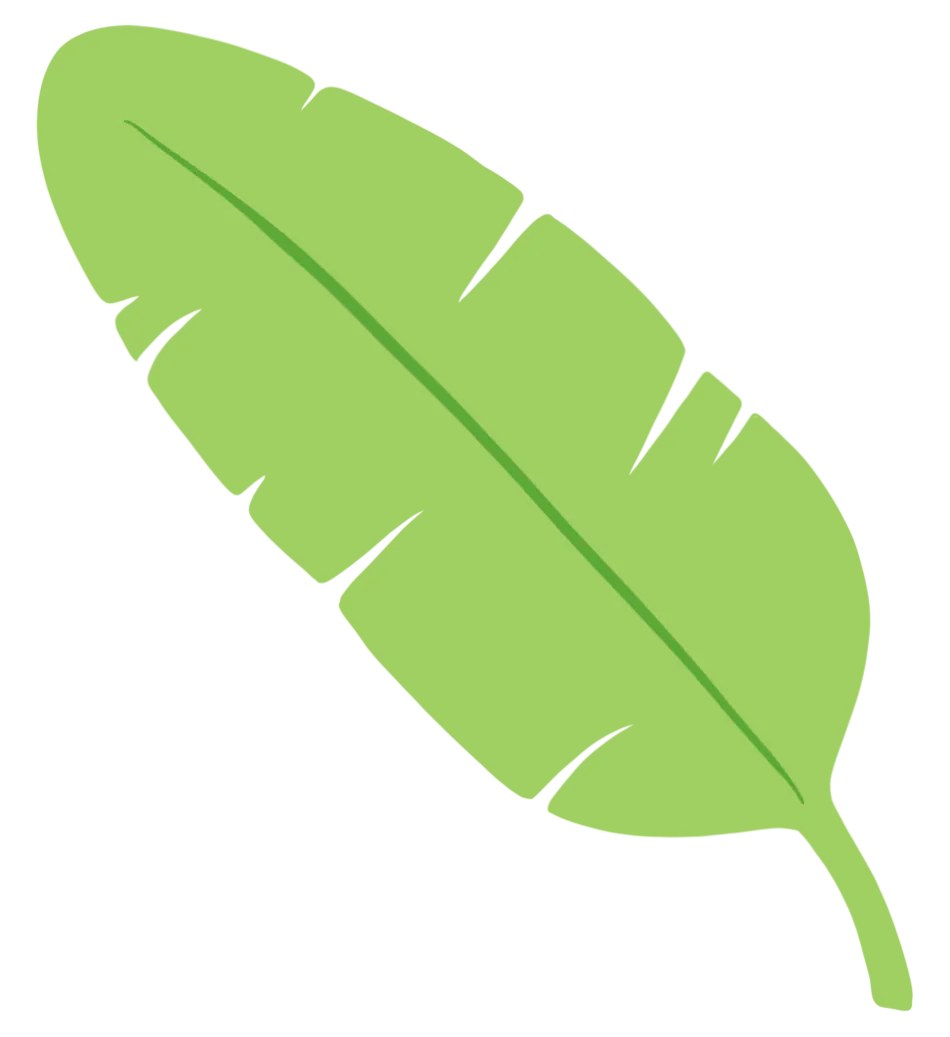
The Evolution of John Ball Zoo
During the past 125 years, millions and millions of people have enjoyed the animals, reconnected with nature, and made memories with family and friends. Can you even imagine how many people have taken a happy snap of their kids on the John Ball statue? How many school field trips to the Zoo? How many family reunions? The Zoo is part of West Michigan’s culture and history. We know it’s part of yours.
Come and celebrate with us! Read the stories, see our photo albums, visit the Zoo and join the party!
1884 - Chapter 1: A zoological garden is born.
The Birth of a Zoo
John Ball died and in his will left 40 acres of land for public use to City of Grand Rapids. This gift led to the birth of a zoo, John Ball Zoo.

1890
John Ball Park
The land John Ball left was being used by the public as a park and was fondly called the “Ball 40”. In 1890 the Common Council declared it would be called John Ball Park.
1891
The First Animals
This is the year we begin to see references to animals being kept at “Ball 40”. As recorded in a local newspaper, the small menagerie included bird cages with half a dozen owls of various kinds, two hawks, a crow, and an eagle. There were also raccoons, a woodchuck, fox squirrels and rabbits. Two deer were added later in November of 1891. This was recorded in the minutes of a meeting of the Common Council. Two aldermen volunteered money from their salaries to purchase a pair of deer. The buck and doe, were specifically purchased to provide the beginning of a herd to populate a deer park area on the hillside.
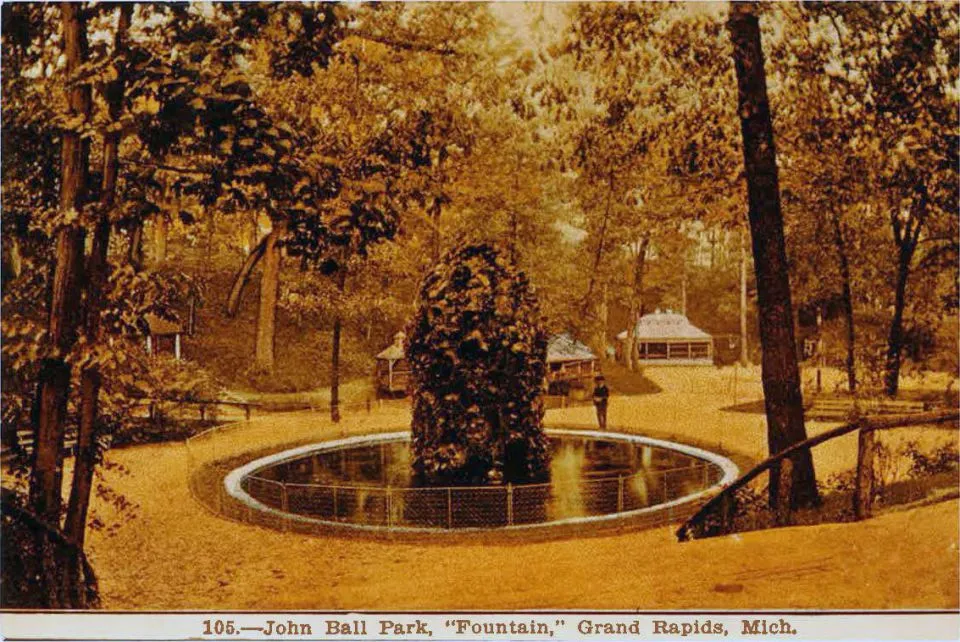
1894
Ol’Jack the Bear
Though the animal collection was growing, visitors wanted a bear. Our best guess is that “Ol’Jack the Bear” was added in this year. Jack becomes a favorite, if often notorious critter, in the Zoo.
1895
The First Bear Exhibit
A new bear exhibit with a cave and room for a whole family was built and a bride for Jack the Bear was acquired.
1897
Ol’Jack Escapes
Tragedy hits and the city mourned the loss of Ol’ Jack after his escape.
1902
New Exhibits Added
By now the Zoo’s animal collection had grown and exhibits had been added including peacocks, swans, bear, fox, grey wolf and pigeons.
1903
The Park Day Tradition
Park Day was a city tradition. Workers would get a half day off and all the city parks would open on the same day. Throngs of citizens would arrive to enjoy band concerts, speeches, and stroll the grounds
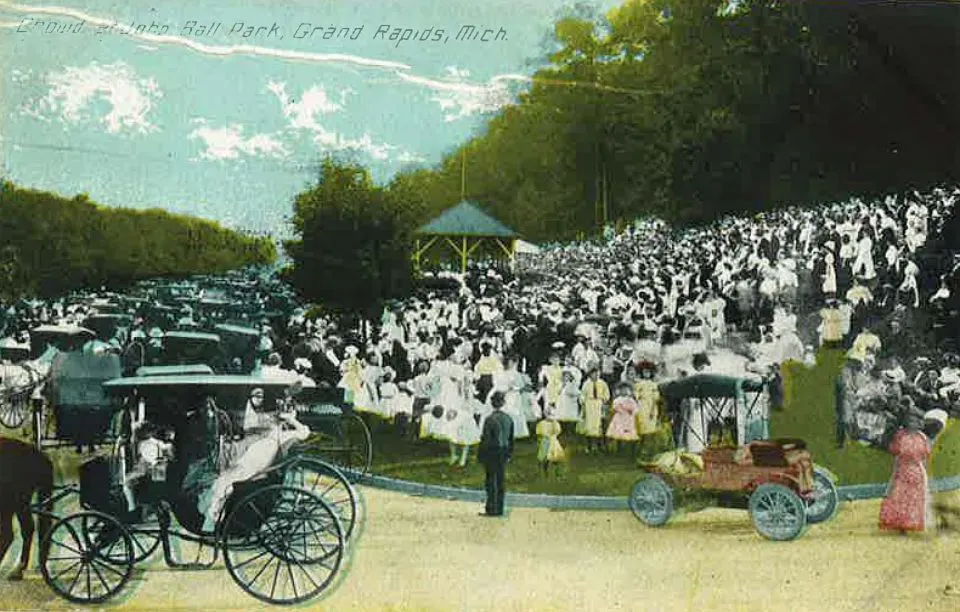 .
.
1908
John W. Smith “The Keeper”
We don’t know very much about the workers who originally cared for the animals but an interview with John W. Smith “The Keeper” in the local paper gives us some insight. A former circus animal handler and trainer talks about how he cares for the animals.
1909
Animals enjoying music
A reporter took a victrola through the Zoo and played music in front of various animals.
1910 - Chapter 2: Changing worlds; Wars and the Great Depression.
Park Pavillion Dedication
John Ball Park Pavilion dedicated. The new park pavilion was built on an area where the park’s conservatory and greenhouses had previously stood. The building currently houses the Zoo’s administrative offices and GRPS Zoo School.
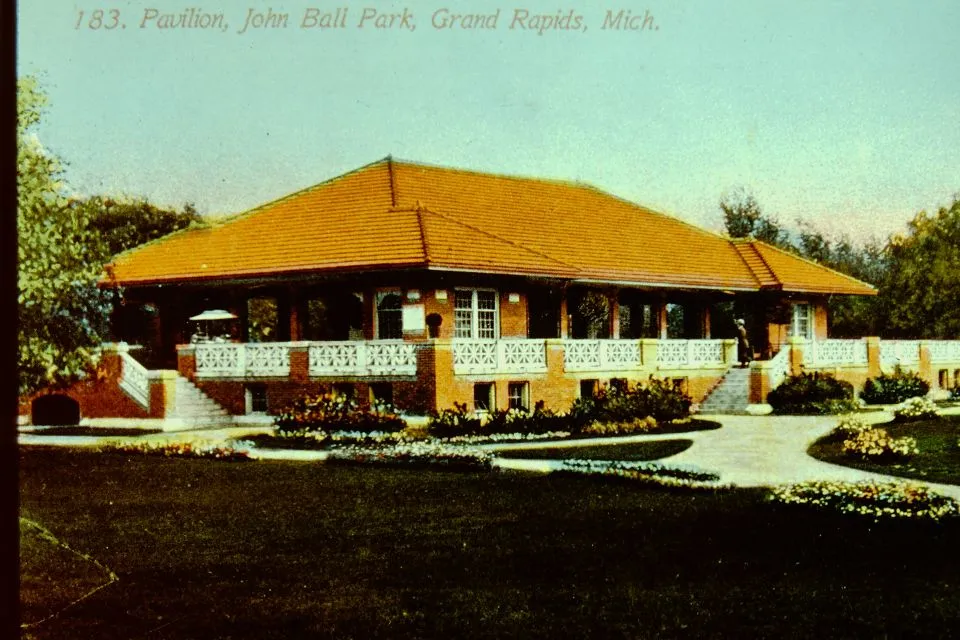
1916
Grizzlies and Wolves
Grizzly Bear and wolf were added.
1925
John Ball statue
John Ball statue installed and dedicated.

1927
the future of aviation
Charles Lindbergh visits to throngs of admirers. Flew Spirit of St. Louis to GR two months after his trans-Atlantic record breaking flight. Addressed the crowd about the future of aviation.
1930
Surviving The Depression
Some of the animals were dispersed during the Depression to other zoos-only small group of animals remained. Zoo correspondence from the 1930’s refers to quite a few animal purchases in 1929-32, then letters referring to food costs and efforts to keep animals and increase zoo budget. There were sales of some of the animals later in the 30’s. There is documentation that the Zoo also boarded animals for the DNR during the 1930’s. The Park seems to have remained busy with concerts and events.
1948
The end of World War II
Once the World War II is over, city residents begin to protest decline of park and zoo.
1949 - Chapter 3: First Zoo director and Zoo expands.
The Formation of the Zoo Society
Katherine Whinery and other citizens pressure City to rebuild Zoo with help from the public. Kay was instrumental in the formation of the Zoo Society. First community meeting to form Zoo Society was held. Kay was on the first board and stayed on the board until her death in 1998.

1949
The first Zoo Director
Fred Meyer was hired to be first Zoo Director and Fred See was hired as Director of City Parks. The two of them rebuilt and enlarged the Zoo throughout the 1950’s and 1960’s.

1950
John Ball Zoo Society incorporated as non-profit
Monkey Island Exhibit constructed.
Aviary constructed.
John Ball Zoo Society was incorporated as non-profit and agreed to raise private funds to improve the Zoo.
Ben Pedigo was elected its first President.
1951
rights to concessions in park and zoo
City gives rights to concessions in park and zoo to the Zoo Society. Jack Loeks was hired to operate the facilities.
The Zoo grew and Fred Meyer added 52 species.
1952
Waterfowl and Raccoon Exhibits Constructed
Waterfowl Exhibit constructed.
Raccoon Exhibit constructed.
1953
A New Entry
John Ball Zoo Entry constructed.
1954
LV Eberhard elected Zoo Society President
LV Eberhard elected Zoo Society President. LV was president until 1964 and remained active member of the Board until he passed away in 1991.
1955
First children’s zoo
First children’s zoo opens, donated by LV.
1957
Camels, Spider Monkeys, and Bear Cubs
Camels arrive at the Zoo.
New Spider monkeys arrive after two years of monkey revolt on Monkey Island.
Black bear cubs born.
1958
Bear Exhibits
Bear Exhibits donated by Mr. X (Henry Masten).
1959
Fred Meyer honored, Polar Bears and Sea Lion arrive
Fred Meyer honored by AAZPA (now AZA)
Michigan Exhibits (Upper run) constructed.
Polar bears arrive.
Bison Exhibit constructed.
Sea Lion/Nutria arrive.
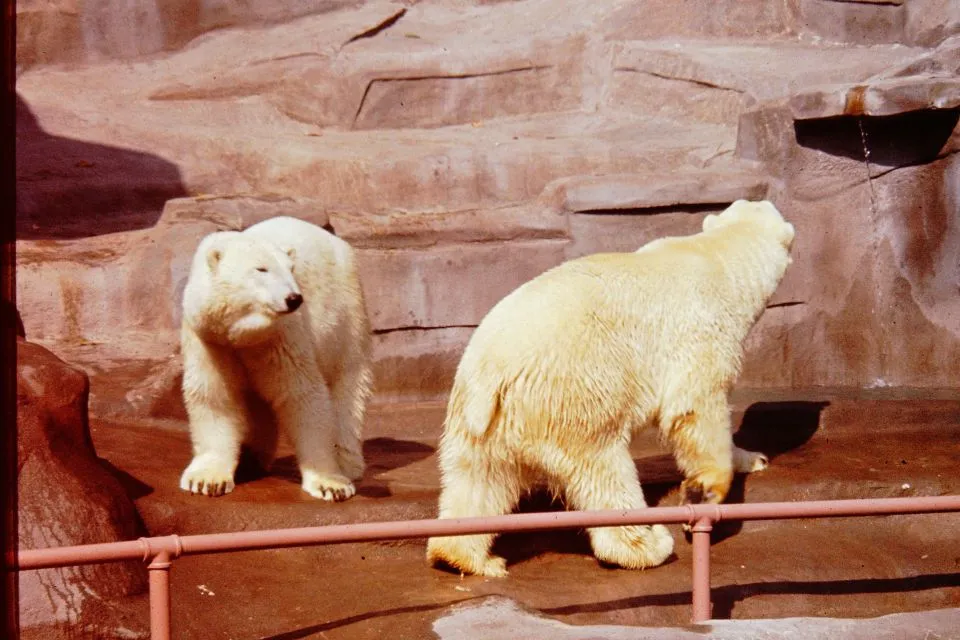
1960
John Ball Zoo Aquarium
Aquarium constructed.
1961
The Education Building
Conservatory (enclosed jungle) constructed.
Education Building constructed.
Ostrich Exhibit constructed.
1964
Jaguars Arrive
Elephant Exhibit completed.
Jaguars added to the collection.
1965
Zoella, The First Elephant
Zoella, the one and only elephant, arrives at the Zoo.
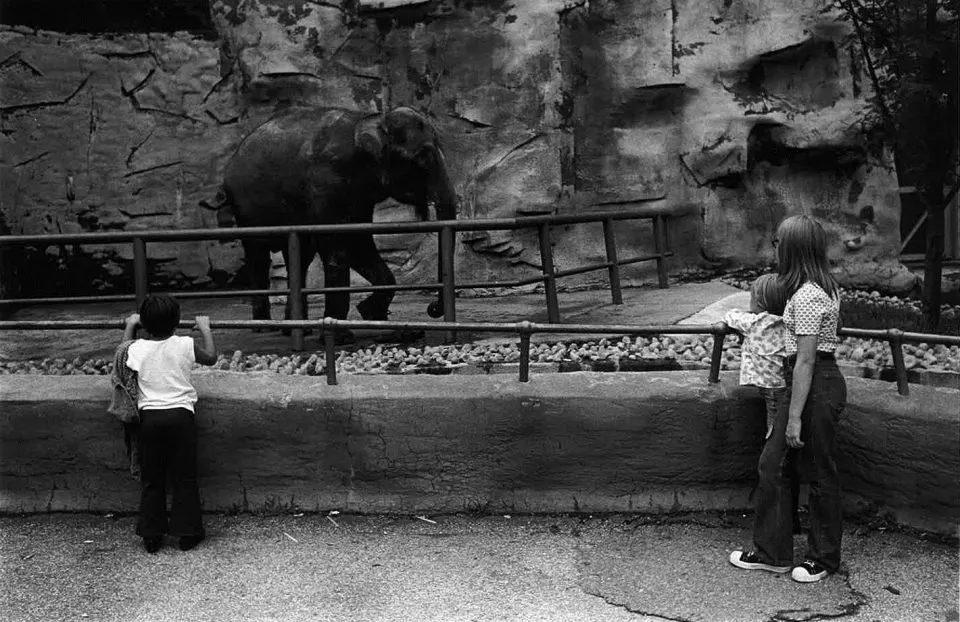
1967
Hooved stock yards
Hooved stock yards built.
1970
Special Exhibits Building
Special Exhibits Building constructed next to Monkey Island.
1971 - Chapter 4: Education becomes a major focus.
Animal Care Center
New Zoo entrance.
Animal Care Center built.
Jerry Ford donates a Chincoteague pony to Zoo.
Kiwanis Kannonball Express begins operation. At this time the Kiwanis North operated the admissions at the Zoo and they operated the Kannonball.
1972
Concessions Update
New Concession Plaza.
1973
Education Programs in Development
Otters join our collection.
Tiger cubs born at the Zoo.
Mary Roth hired to create education programs and train volunteers.
1974
Volunteer Program began with assistance from Junior League
Lion and Tiger Exhibits built.
Volunteer Program began with assistance from Junior League. Sandy Wooldridge was named president of Zoo Doers. Sandy helped start and was first president of the Zoo Doer’s. The current volunteer of the year award was named after her when she passed away.
1975
Zoo School Established
GR Public Schools establishes Zoo School at John Ball Zoo.
1978
Losing Zoella
Beloved elephant dies, city mourns.
1979
Adventure World opens
A Zoo Master Plan is created by the City and the Zoo Society
Society names Sandy Gibbs their first female president.
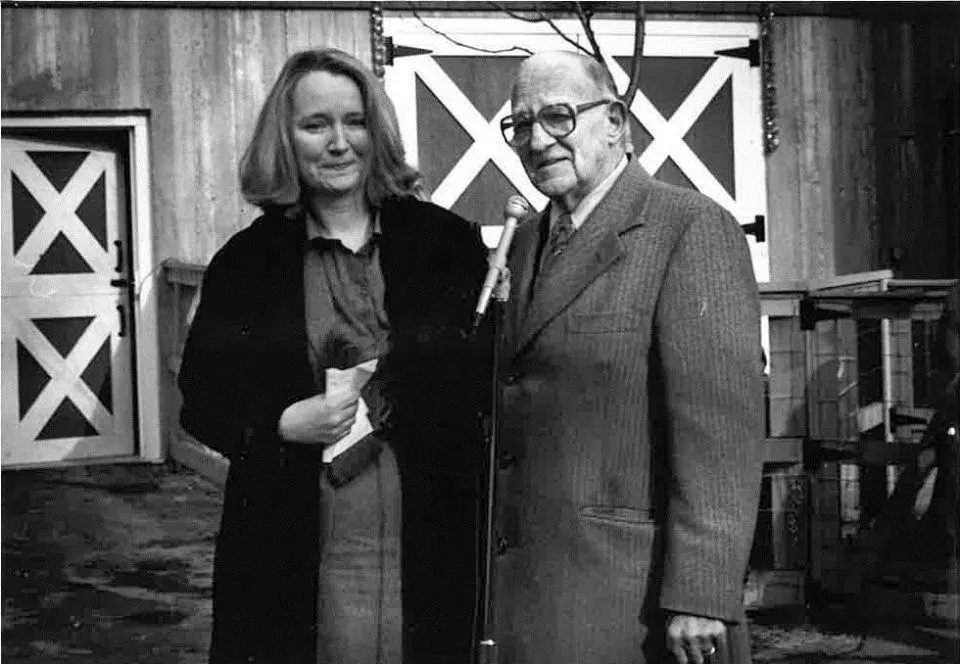
Adventure World opens. The lead donor was the LV Eberhard who had been the lead donor for the original children’s Zoo.
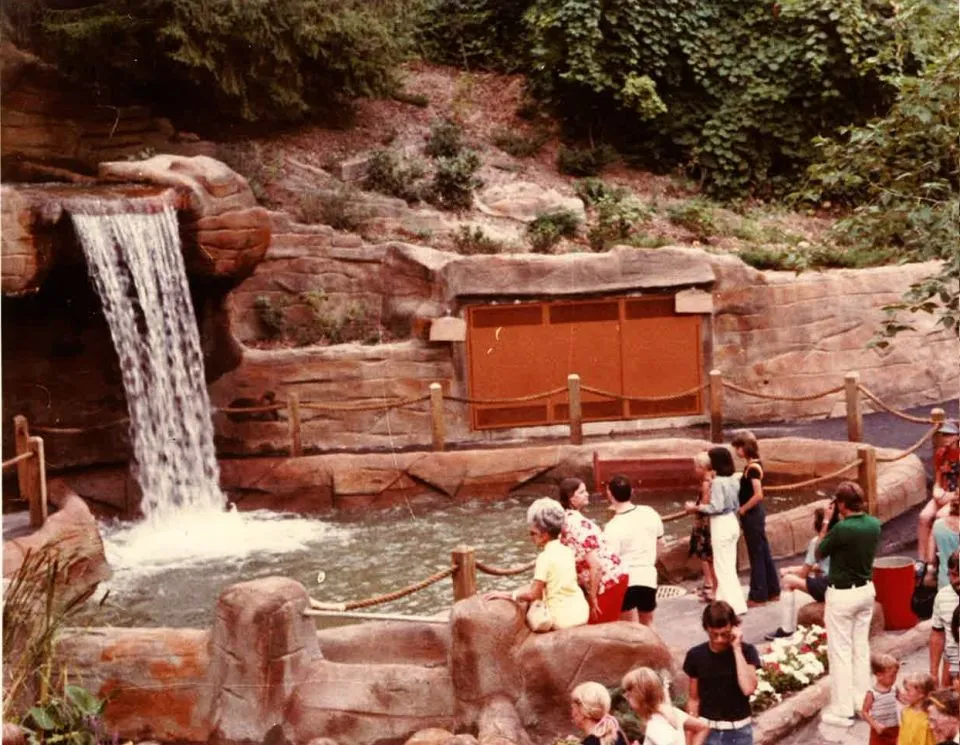
A Rose Garden planted on roof of Special Exhibits building (now Tropics).
1980 - Chapter 5: A master plan and new ownership.
first million dollar donation
Zoo Society kicks off fund drive for first phase of the Master Plan. The first phase would totally renovate the central core of the Zoo by 1985.
LV Eberhard gives first million dollar donation ever to Zoo.
Children’s Zoo Barnyard (expanded children’s zoo area).
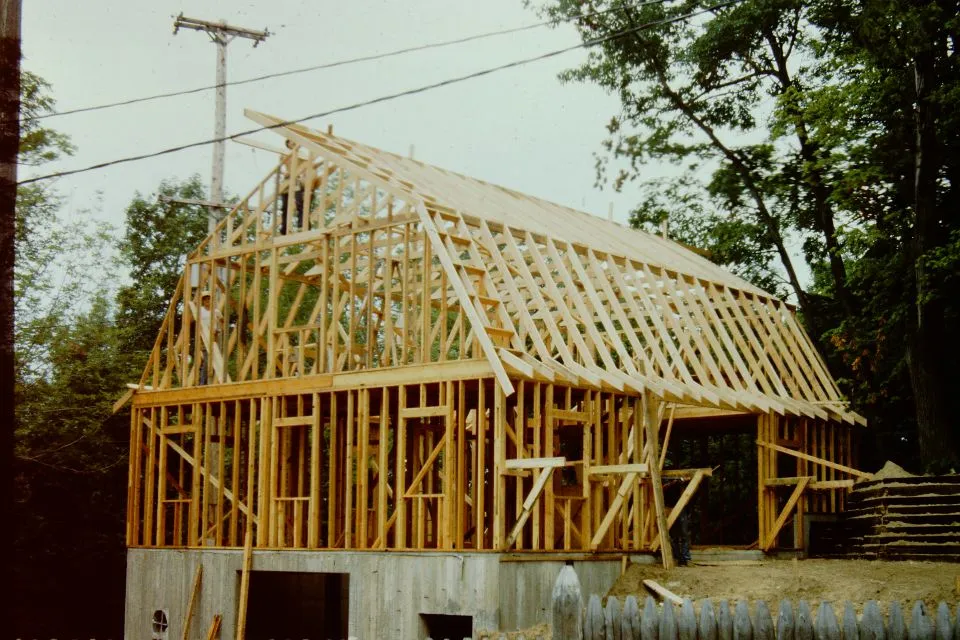
1981
Zoo Master Plan Breaks Ground
In August, ground was broken for first phase of Zoo Master Plan.
County Commission via the Roads and Parks Commission offers to contribute $50,000 annually towards Zoo operations.
Zoo Society hires its first permanent full time employee, Brenda Stringer.
Fred Meyer retires as Zoo Director after 32 years.
Chuck Wikenhauser is hired as new Zoo Director.
1982
Phase I of Zoo Master Plan
The first four renovated exhibits in Phase I of Zoo Master Plan open:
Otter Exhibit (totally replaced old sea lion exhibit)
Prairie Dog/Coyote (replaced elephant exhibit)
Puma/Snow Leopard Exhibit (totally replaced Michigan upper run exhibits)
Monkey Island Winter Quarters and rework of island
Ramu, the lion, gets a root canal.
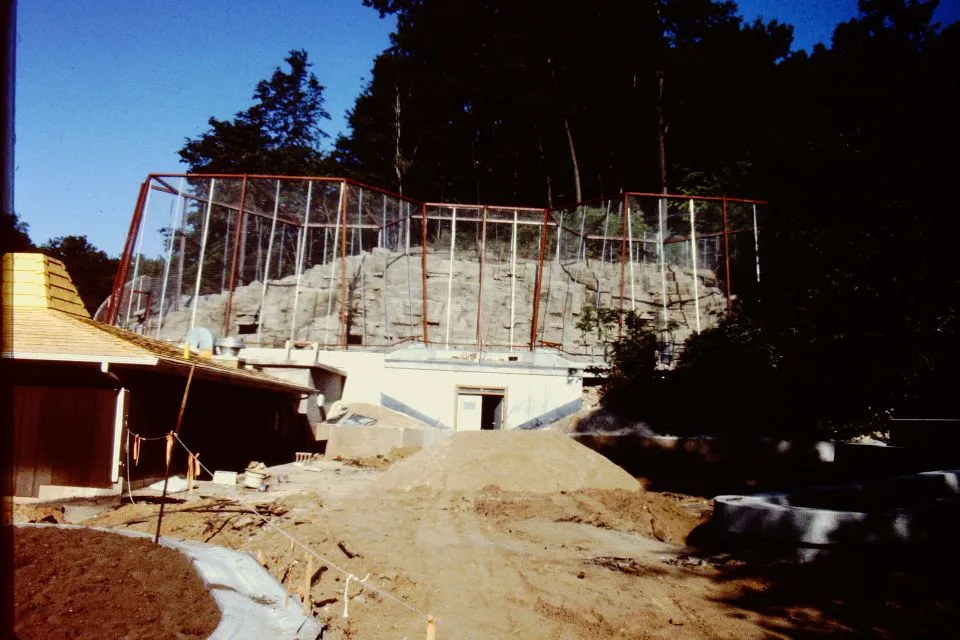
1983
first zoo in Michigan to receive accreditation
New herpetarium/nocturnal animal building opens at Zoo. LV Eberhard and Peter Cook funded.
Zoo becomes first zoo in Michigan to receive accreditation from American Zoo and Aquarium Association
1984
100 years of John Ball Park
Original Penguin exhibit opens, donated by the Frey Family.
Zoo celebrates 100 years of John Ball Park
1985
Zoo Society establishes the John Ball Zoo Society Wildlife Conservation Fund
South American Exhibit opens at Zoo completing Phase I of Zoo Master Plan. Steve Van Andel chaired this campaign.
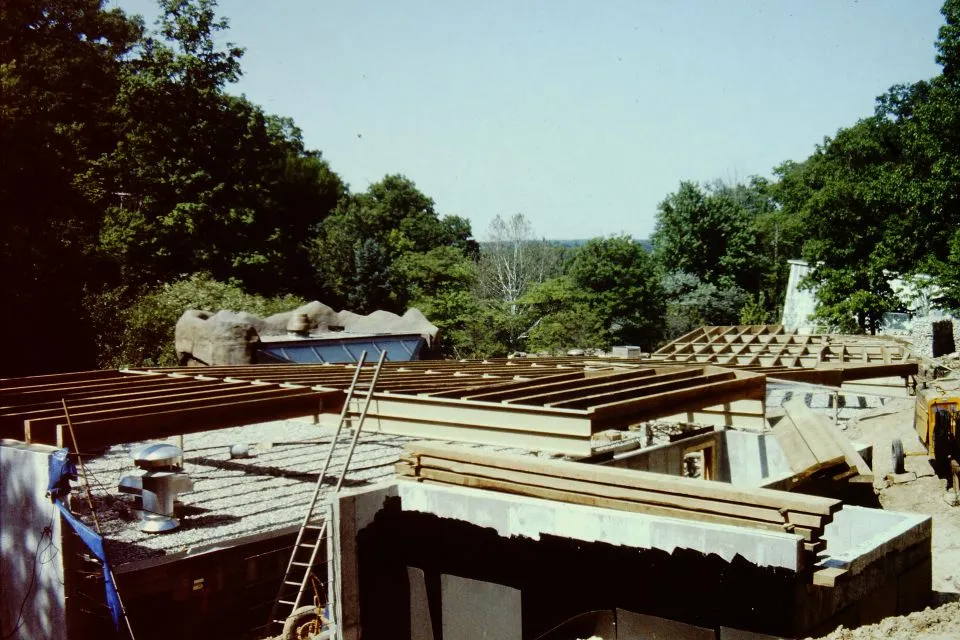
With assistance from John Boyles and Mr. Fables restaurants, Zoo Society establishes the John Ball Zoo Society Wildlife Conservation Fund.
This was also a year of tragedy for the Zoo. Gayle Booth, a young dedicated zoo keeper, was killed by the Zoo’s male jaguar. This was a terrible loss to Gayle’s family, friends, and all of us at the Zoo. Safety became the most important priority in building future exhibits as it was shown that a flaw in the exhibit design allowed the cat to gain access to the keeper portion of the building.
1986
zoo administration and education completed
Renovation of Park Pavilion to year round use as theatre and zoo administration and education completed.
Construction plans were put on hold while the City and the County carried on several years of study and negotiation to find a way to better fund the cultural facilities in the City.
Ostrich House Concession (renovation of ostrich exhibit).
1987
Master Plan Revised
Zoo staff, Zoo Society Board, and architectural consultants revise Master Plan.
“Sam”, the bald eagle and Zoo’s oldest resident, dies.
1988
Golden Eagle Aviary
Rare Geoffrey cats born.
Golden Eagle Aviary opens, donated by Peter Cook.
1989
Purchased by Kent County
Kent County purchased the Zoo and the Park.
1990 - Chapter 6: The Zoo growing wild.
RendeZoo
1st RendeZoo held.

1991
Dinamation Exhibit
Zoo hosts Dinamation Exhibit with record attendance (415,000).
First eagle chick hatched from Betty and Jerry. The Zoo’s pair of bald eagles have produced five chicks over the years. All have been taken to the Dollywood Eagle Rehabilitation Center in Tennessee for release into the wild.
1992
$20 million campaign for zoo master plan
Zoo Society announces $4 million in gifts to kick off a $20 million campaign to complete Phase II and III of the Zoo Master Plan including the aquarium, African hoof stock, hospital, eagle exhibit, new plaza area, concessions, elephant exhibit, and new front entry.
1993
Maned wolf pups
Rare Maned wolf pups born.
1994
Grizzly Bear
Zoo receives grizzly bear from Yellowstone.
1995
Van Andel Living Shores Aquarium & Meijer Eagle exhibit
Van Andel Living Shores Aquarium, Meijer Eagle exhibit, and new plaza concessions opens. (Replaced old aquarium, conservatory, concessions, plaza, raccoon exhibit).

1996
JUMP program for economically disadvantaged families
African Forest Edge Exhibit opens. This concluded Phase II of Master Plan.
Ruth Jones joins Zoo Society Board of Directors and helps launch the JUMP program for economically disadvantaged families. This program grew from 1000 participants to over 36.000 by 2015. In 1998, JUMP program receives National Association of Counties Achievement Award and award from Neighborhood Alliance.
1999
Animal Hospital and Quarantine Facility opens.
Renovation of hilltop stone picnic pavilion, bathrooms, new park road and parking lot in upper park.
Project Receives an achievement award from Neighborhood Alliance.
Construction Begins on Chimpanzee Exhibit.
2000
AZA Conservation award
Grand Rabbits Promotion.

Zoo receives AZA Conservation award for work with Wyoming Toads.
2001 - Chapter 7: Experiencing the future.
Fred Meijer’s pledge for a new wildlife park
Peter and Pat Cook Mokomboso Valley Chimpanzee Exhibit opens.
The Master Plan was reviewed and revised in 2000-2001 and was approved by the County Commission in December.
A local philanthropist, Fred Meijer, offered the Zoo 150 acres of land and a monetary pledge for a new wildlife park. This was explored and a vote of the citizens of Kent County in August of 2004 determined that the majority of the voters wanted the Zoo to continue to grow at its present location.

2002
Zoo Director, John Lewis, resigns
In June, Zoo Director, John Lewis, resigns to take Director position at LA Zoo and Brenda Stringer, Executive Director of the Zoo Society, was named Interim Zoo Director.
2003
Moon Jellies
Moon Jellies Exhibit opens.
2004
Year of the Dragon
Komodo Dragon Exhibit opens in the “Year of the Dragon” as a trail behind the aquarium for “dragons”. The Komodo Dragon received from National Zoo was one of the dragons born in first clutch hatched in USA.
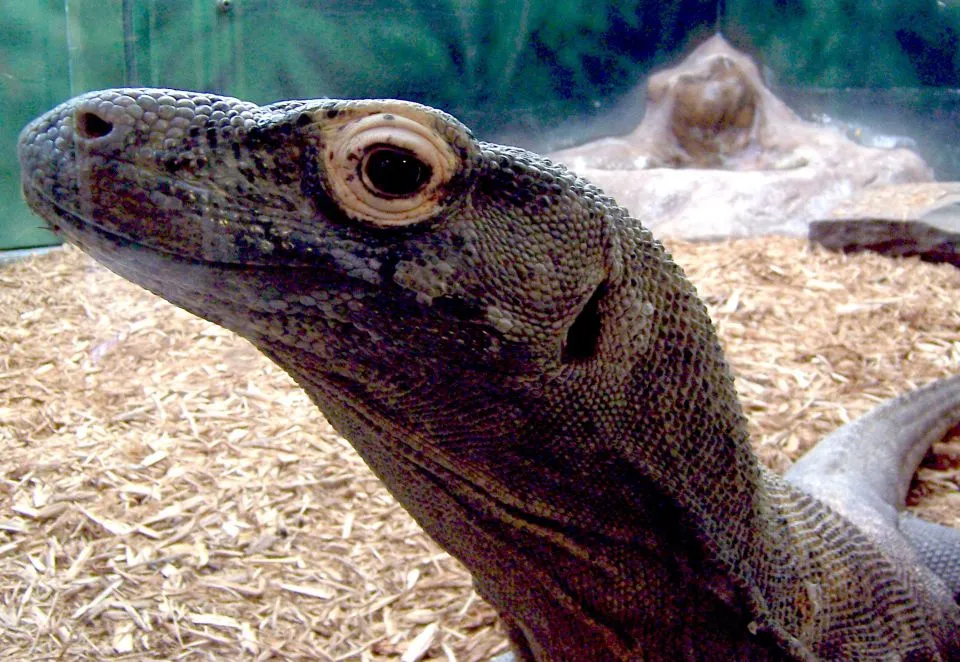
New Vision for John Ball Zoo presented to Commission and approved.
Far Side Trail opens with walk through wallabies and budgies.
2006
Stingray Lagoon
Stingray Lagoon opens.
2007
First zip line in a Zoo
First zip line in a Zoo anywhere opens.
2008
BISSELL Lions of Lake Manyara
BISSELL Lions of Lake Manyara opens.
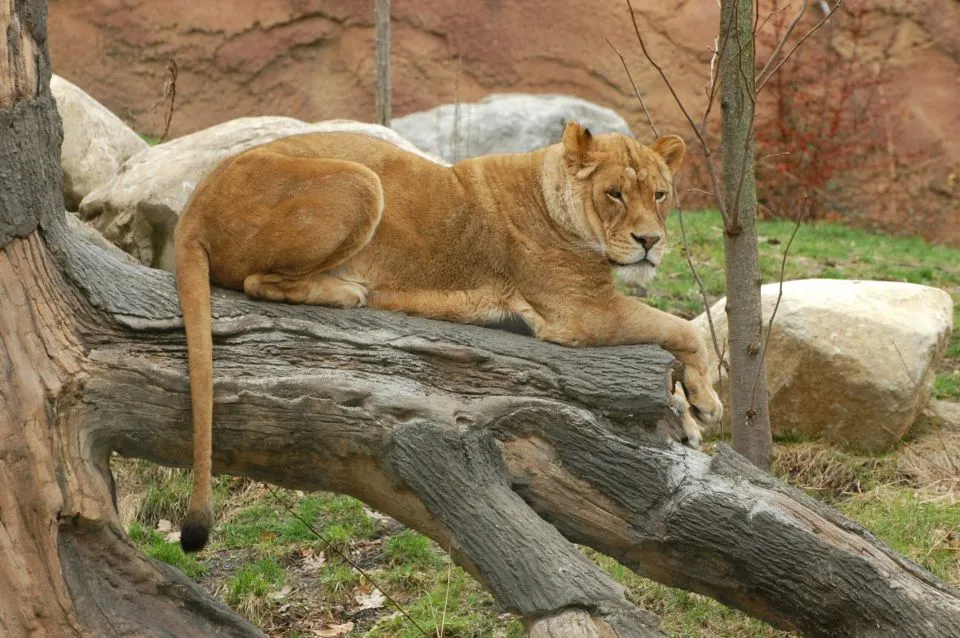
2009
First Winter Zoo Closing
Renovation of Spider Monkey Island completed.
Zoo closes for the first time in the winter.
2010 - Chapter 8: The roar restored and beyond.
Zoo receives largest donation in its history
Mighty Mike arrives, a seasonal exhibit of an enormous alligator.
Zoo receives largest donation in its history, $5 million pledge from Bea Idema and Bill & Bea Idema Foundation.
Zoo Society kicks off $12.5 million campaign.
Flamingo eggs from the Atlanta Zoo hatch at John Ball Zoo.
2011
John Ball Zoo Named the 4th most attended cultural facility in Michigan
Mighty Mike returns for a second season at the Zoo.
Crain’s Detroit Business names the Zoo the 4th most attended cultural facility in Michigan.
2012
Zoo activities and bissell tree house
Zoo opens the new gift shop, Idema Funicular and Forest Realm, Bissell Tree House, and Central Services Building.
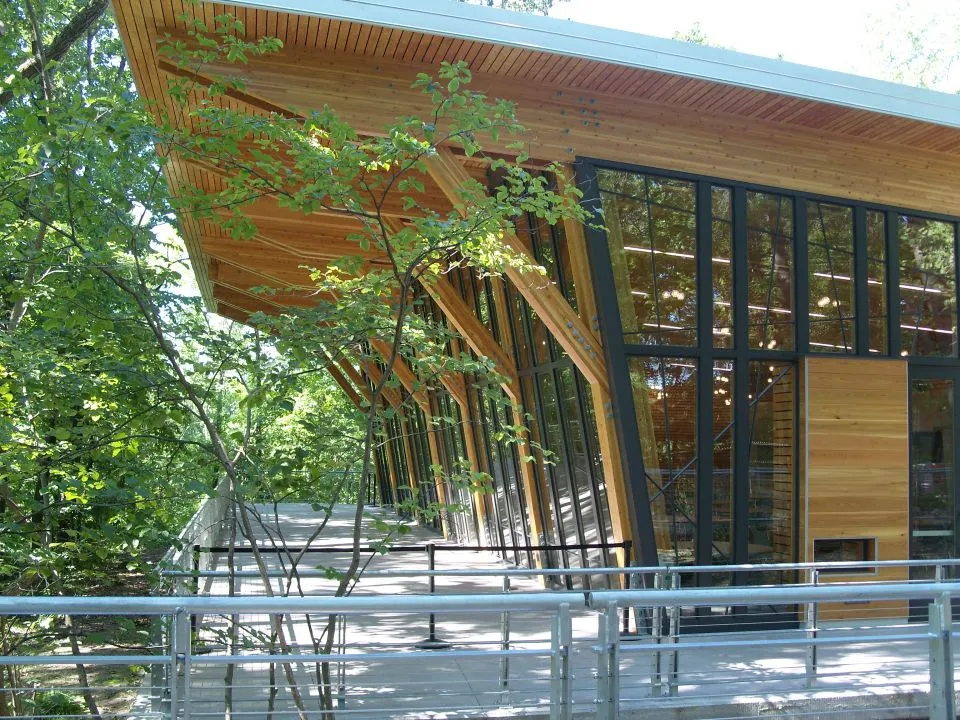
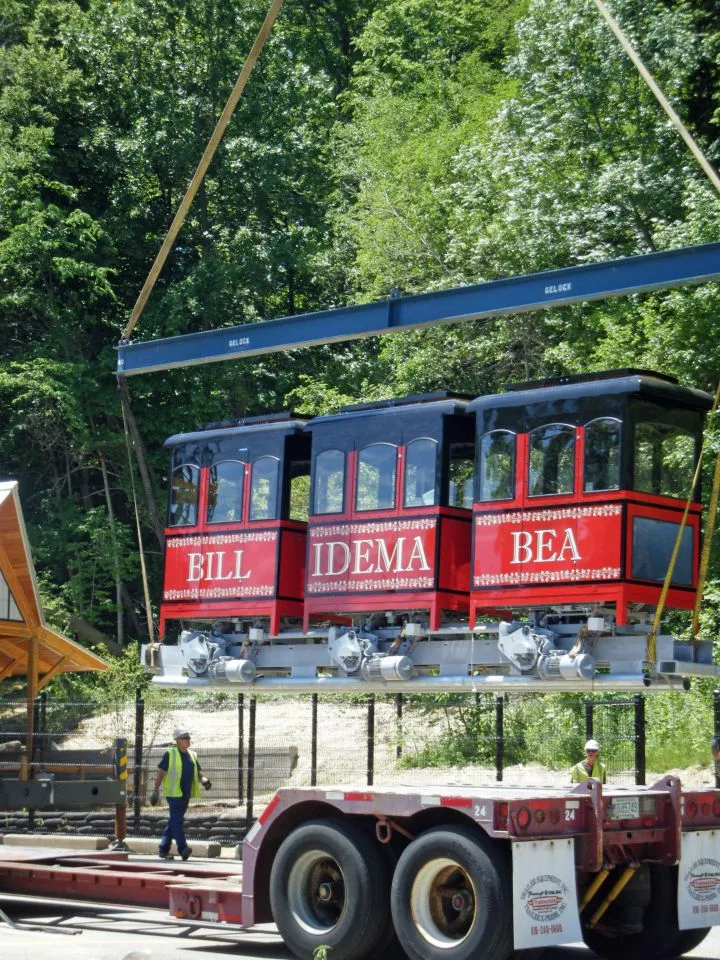
2013
Zoo kicks off R.A.R.E. (Really Awesome, Really Endangered) promotion
Meijer Grizzly Bear and Jandernoa Treetop Outpost open in the Forest Realm.
County and Zoo Society form task force to move the Zoo to operation by non-profit.
Zoo kicks off R.A.R.E. (Really Awesome, Really Endangered) promotion which highlights an endangered species a day for 65 days. Promotion ends with visit from Joel Sartore, National Geographic fellow and photographer who photographed several of the Zoo’s endangered animals for his Photo Ark project.
2014
Breaking Attendance Records!
Contract signed that transfers governance and operation of the Zoo to a non-profit entity.
Zoo Society changes its charter and name to John Ball Zoo.
County retains ownership of the Zoo’s property and continues to support the Zoo through a management fee.
Zoo opens the Crawford Tigers of the Realm and Forest Habitat, donated by Bill and Marilyn Crawford.

Zoo breaks all attendance records with 523,000 visitors.
Precious, the Zoo’s Komodo Dragon, passes away.
2015
Wildlife Conservation Fund celebrates 30 years
Crawford Tigers of the Realm-River Habitat opens.
John Ball Zoo Wildlife Conservation Fund celebrates 30 years of providing grants to wildlife conservation projects around the world.
The Zoo receives the AZA Quarter Century Award for 25 years on continuous accreditation.
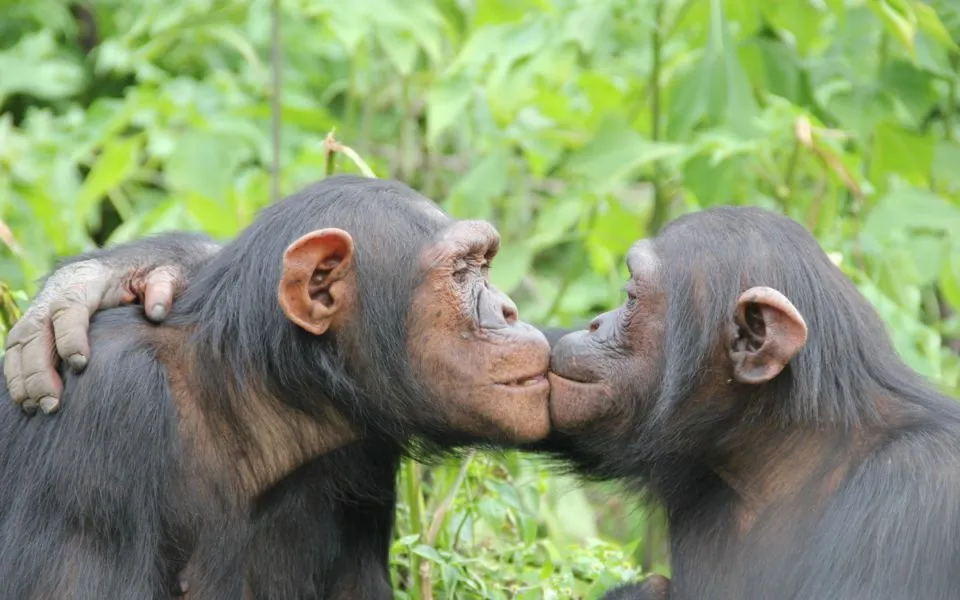
2016
125 years of john ball zoo
The Zoo celebrates its 125 years of caring and conserving our wildlife and our environment.
Check out our 125 events and ways to support the Zoo.
Farside Trail is renovated and made into Wild Way, a primate trail.
New Master Plan designed for the future growth of Zoo.

